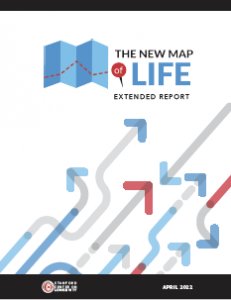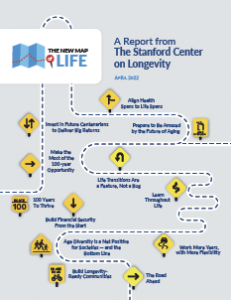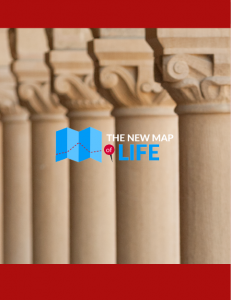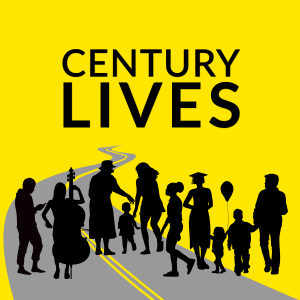The 100-Year Life Is Here. We’re Not Ready.
In the United States and beyond, 100-year lives will be common for those born today. Yet our institutions, economic policies, social and cultural norms have not kept pace. Through research, education/training, and out- reach, Stanford Center on Longevity helps shape individual, community and social choices to supportlives that are longer, healthier, and more rewarding. We envision a future in which all people, regardless of socio-economic status, can make the most of the advantages afforded by increased lifespan—resulting inlives infused at every stage with a sense of belonging, purpose, and worth. We can meet challenges that longevity creates, and make the most of the 100-year opportunity if we act now, guided by these principles:
- Make use of age diversity
- Create longevity-ready communities
- Align health spans to life spans
- Build financial security from the start
- Invest in future centenarians to deliver big returns
- Support life transitions
- Learn throughout life
- Work more years, with greater flexibility
- Harness scientific and technological breakthroughs to transform the future of aging
- Ensure that advances are distributed to the entire population



 The New Map of Life
The New Map of Life The New Map of Life
The New Map of Life Fellows’ Reports
Fellows’ Reports Julian Ashwin
Julian Ashwin Li (Leigh) Chu
Li (Leigh) Chu
 Claire Growney
Claire Growney Apoorva Rangan
Apoorva Rangan Subbu S.
Subbu S. Oleksandr Skorokhod
Oleksandr Skorokhod Jordan Weiss
Jordan Weiss Yannick Schindler
Yannick Schindler Lauren Borchers
Lauren Borchers Serena Jing
Serena Jing Alaleh Azhir
Alaleh Azhir Marissa Huang
Marissa Huang




 Do rules created when most people lived only to 50 or 60 still make sense when more and more people live to 100? Longer lives are, at once, among the most remarkable achievements in all of human history and one of the great challenges of the 21st century. How can we ensure that our lives are not just longer, but healthy and rewarding as well? Century Lives, the new podcast from the
Do rules created when most people lived only to 50 or 60 still make sense when more and more people live to 100? Longer lives are, at once, among the most remarkable achievements in all of human history and one of the great challenges of the 21st century. How can we ensure that our lives are not just longer, but healthy and rewarding as well? Century Lives, the new podcast from the